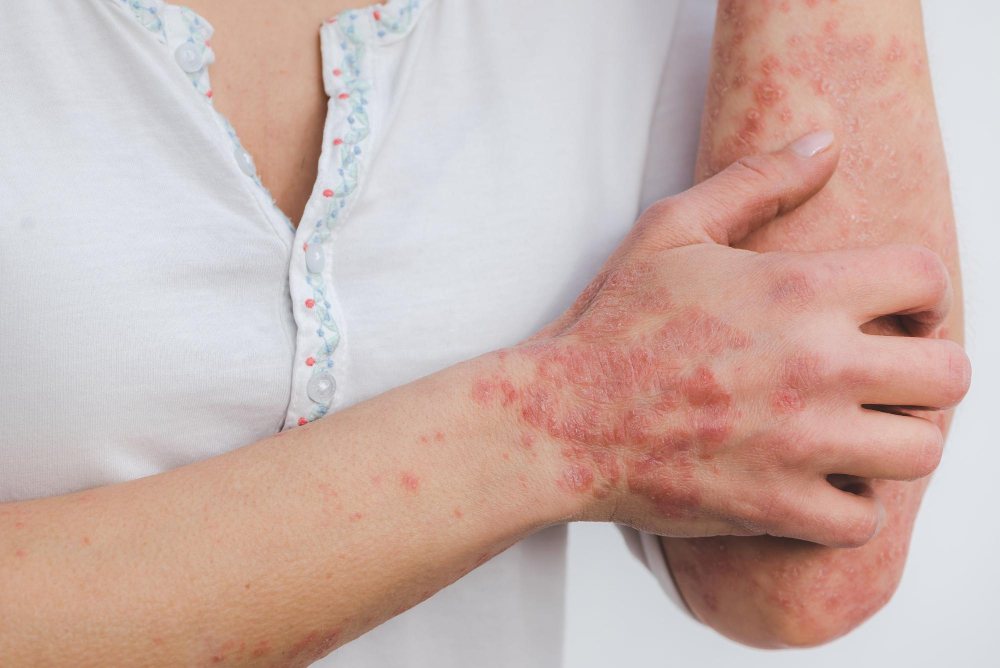What is bullous pemphigoid? It’s a skin condition, but let’s break it down simply. Think of it as a skin battle where your body mistakenly attacks itself. This causes blisters and a rash, making the skin tender and sore. It’s kind of like having a sunburn but with bubbles under your skin.
Diagnosing bullous pemphigoid can be tricky. Not every rash or blister turns out to be this condition. So, seeing a specialist is crucial. They can tell the difference and decide the best way to help you.
There are some myths about bullous pemphigoid. It’s not just an allergic reaction or something you can catch from someone else. Seeking advice from a doctor is essential to understand what’s happening with your skin.
Picture a lead image showing how bullous pemphigoid impacts the skin, so you can visualize why this condition needs medical attention. It grabs your attention and highlights the importance of taking symptoms seriously.
Recognizing the Triggers and Symptoms of Bullous Pemphigoid
Understanding the bullous pemphigoid causes is helpful. Some people may have a genetic tendency, while for others, certain medicines or infections can trigger it. Age is also a factor, often seen in older adults.
Spotting bullous pemphigoid symptoms early can make a big difference. Look for red, itchy skin with raised blisters. These blisters can come and go. But if you’re waiting for them to disappear, you might be waiting a while — they like to hang around without treatment.
Bullous pemphigoid is different from things like hives. While both may cause itching, hives come and go faster with less blistering. Knowing the differences can help push you to see a doctor for the right diagnosis.
An image can be incredibly helpful here. It can show the contrast between bullous pemphigoid and other conditions like hives, making it easier to identify what’s what.
Navigating Diagnosis and Treatment Options
When it comes to bullous pemphigoid diagnosis, doctors usually start with physical exams and might take skin samples. This helps them determine if it is indeed bullous pemphigoid or something else.
For bullous pemphigoid treatment, various options are available. Steroid creams or pills are common. They help calm the skin’s reaction. There are also new, exciting treatments. Some people opt for alternative therapies alongside traditional treatments, providing more ways to manage the condition.
Dermatologists are essential in guiding through these treatments. They stay updated on the latest advances, ensuring treatments are as effective as possible.
Living with Bullous Pemphigoid: Daily Management and Care
Living with bullous pemphigoid means adapting to some lifestyle changes. Daily management and care play significant roles.
Here are a few self-care tips: 1. Use gentle skin creams and soaps to avoid irritation. 2. Invest in soft, breathable clothes that don’t rub against the skin. 3. Learn simple pain management techniques, like using cold compresses to soothe the skin.
Regular medical check-ups are vital to adjust treatments and monitor progress.
Finally, find support in community groups. Sharing experiences can provide comfort and practical tips, offering hope and encouragement.
Remember, managing bullous pemphigoid is about consistent care and seeking help from professionals to lead a comfortable life.

